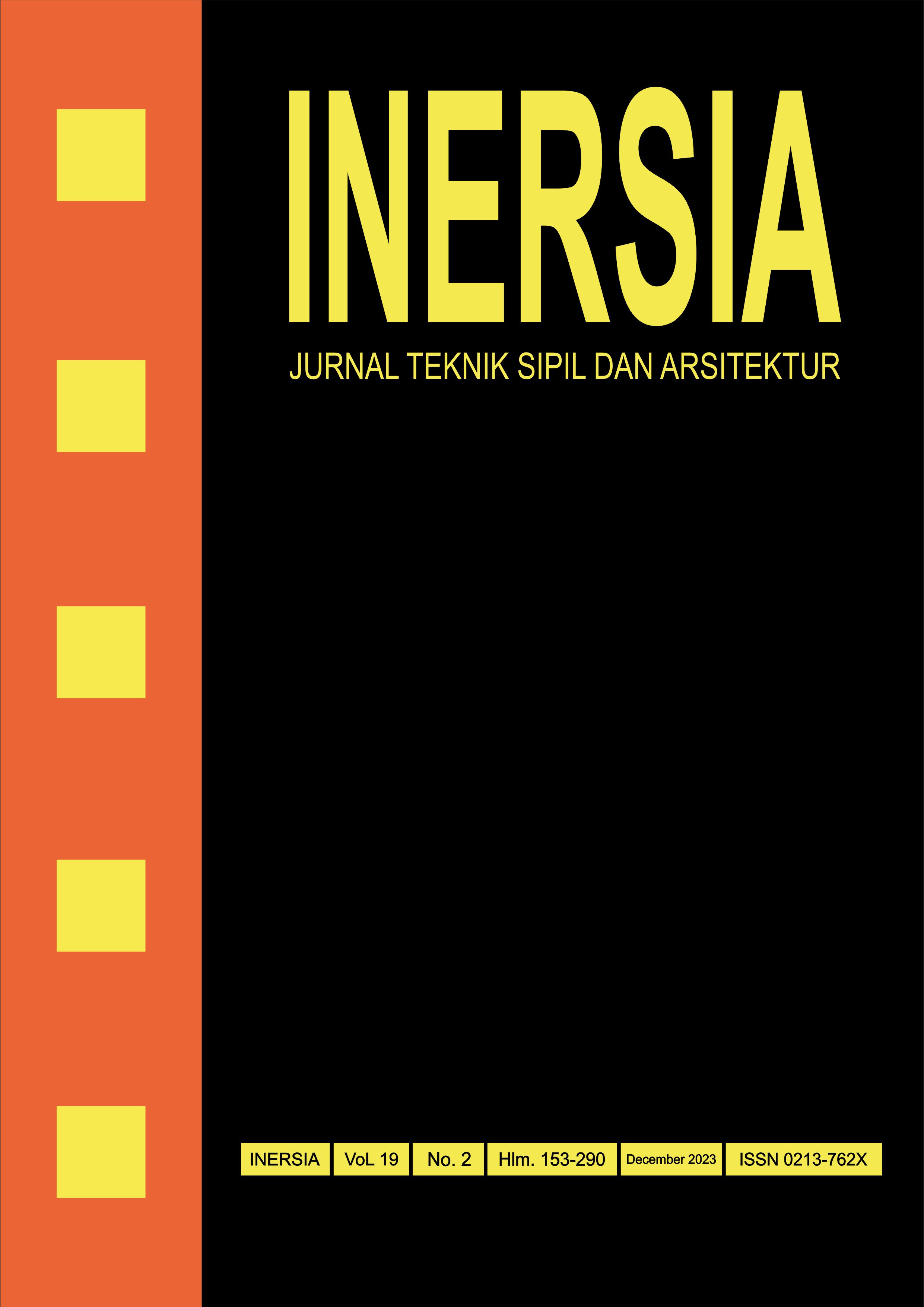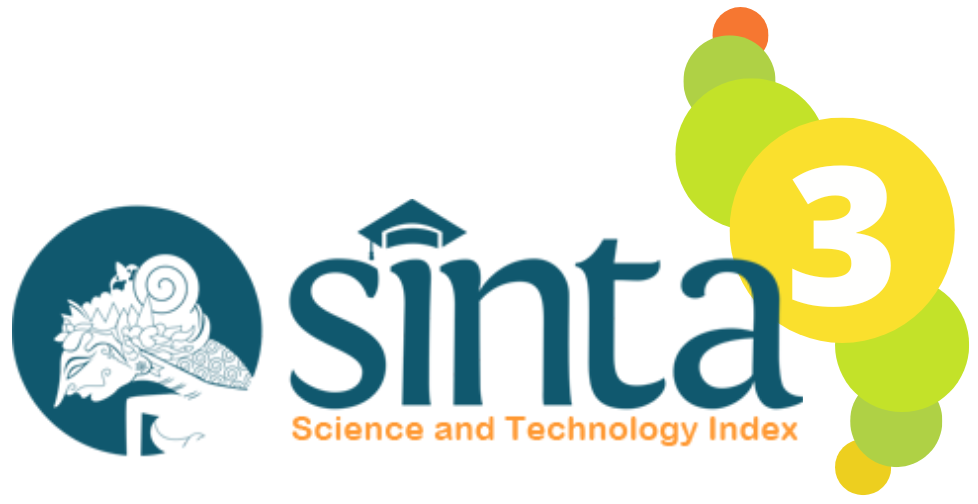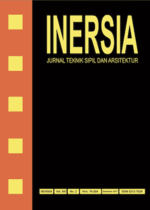Parametric Study on The Bearing Capacity of Down-hole Dynamic Compaction
DOI:
https://doi.org/10.21831/inersia.v19i2.65822Keywords:
Down-hole Dynamic Compaction, Soil Reinforcement, Bearing CapacityAbstract
The DDC method is well known as Down-Hole Dynamic Compaction, an effective ground treatment method. DDC combines dynamic compaction and soil replacement methods to enhance bearing capacity, reduce settlement, minimize the potential for collapse, and mitigate liquefaction. DDC has been commonly used to stabilize collapsible soil, DDC basically forms a column inside the soil stratum which is similar to a stone column except DDC materials are put in sequence and then compacted by using DDC hammer, this is known as the self-tamping method. DDC is considered as a suitable method for soft soil improvement. This study modeled DDC as reinforcement for runway area which is predominantly soft soil in the study location. DDC is modeled with various dimension and spacing to assess its impact on bearing capacity and settlement, thereby simplifying the selection of suitable dimension during installation. The results show that the stress induced by external loads on Down-hole Dynamic Compaction (DDC) rises in correlation with the spacing between DDC installations. The peak stress was documented on a DDC unit with a 1-meter diameter positioned at a distance of 2.5 meters from the other DDC units, measuring 83.9 kN/m2. The highest stress level was recorded in the soil surrounding a DDC unit with a 1.5-meter diameter, which was positioned 3 meters away from other DDC units, measuring 157.89 kN/m2. The highest bearing capacity was achieved when a DDC with a diameter of 1.5 meters was positioned at a distance of 3 meters, resulting in a bearing capacity value of 1407.32 kN/m2.
References
braja M. Das, "Mekanika Tanah Jilid 1," p. 291, 1995.
H. C. Hardiyatmo et al., Mekanika Tanah 1. 1992.
M. Wijaya, A. K.Arsyad, A. Lim, and P. P. Rahardjo, "The Determination of Downhole Dynamic Compaction Paramaters Based on Finite Element Analysis," J. Civ. Eng. Forum, vol. 8, no. September, pp. 257–266, 2022, doi: 10.22146/jcef.3467.
S. J. Feng, Z. M. Shi, Y. Shen, and L. C. Li, "Elimination of loess collapsibility with application to construction and demolition waste during dynamic compaction," Environ. Earth Sci., vol. 73, no. 9, pp. 5317–5332, 2015, doi: 10.1007/s12665-014-3783-7.
Y. chuan Zhang, Y. guo Yao, A. gang Ma, and C. lin Liu, "In situ tests on improvement of collapsible loess with large thickness by down-hole dynamic compaction pile," Eur. J. Environ. Civ. Eng., vol. 24, no. 2, pp. 156–170, 2017, doi: 10.1080/19648189.2017.1370393.
T. Xue and S. Gao, "The Research on Treating Collapsible Loess by Down Whole Deep Compaction and Cement Fly-ash Gravel," Front. Res. Archit. Eng., vol. 2, no. 1, p. 8, 2019, doi: 10.30564/frae.v2i1.485.
H. Jin, Q. Cunjia, W. Rui, Y. Biao, W. Shuang, and Z. Chunfeng, "Comparation of Down-Hole Dynamic Compaction and Vibrating Sinking Tube Gravel Pile Which Are Applied In Airport Ground Treatment In Southwestern Mountain Area," vol. 26, pp. 208–213, 2018, doi: 10.13544/j.
Q. Daojian, H. Xiaoxiong, and H. Hanbin, "Collapsible Loess Aplications Treated Ground With Down-Hole Dynamic Compaction," 2007.
J. Han, Principles and Pratice Ground Improvement, vol. 6, no. August. 2015.
Barksdale and Bachus, Design and Construction Of Stone Column Vol. 1, no. December 1983. 1983.
P. MARGA, KEMENTRIAN PEKERJAAN UMUM DAN PERUMAHAN RAKYAT DIREKTORAT JENDRAL BINA, "KUMPULAN KORELASI PARAMETER GEOTEKNIK DAN FONDASI," 2019.
Jin, H., Cunjia, Q., Rui, W., Biao, Y., Shuang, W., & Chunfeng, Z. (2018). Comparation of Down-Hole Dynamic Compaction and Vibrating Sinking Tube Gravel Pile Which Are Applied In Airport Ground Treatment In Southwestern Mountain Area. 26, 208–213. https://doi.org/10.13544/j.
8460:2017, S. (2017). Persyaratan Perancangan Geoteknik.
Federal Highway Administration (dot.gov)
Downloads
Published
How to Cite
Issue
Section
License
Authors who publish with INERSIA journal agree to the following terms:
- Authors retain copyright and grant the INERSIA journal right of first publication with the work simultaneously licensed under Creative Commons Attribution License (CC BY 4.0) that allows others to share the work with an acknowledgment of the work's authorship and initial publication in this journal.
- Authors can enter into separate, additional contractual arrangements for the non-exclusive distribution of the published version of the work (e.g., post it to an institutional repository or edit it in a book), with an acknowledgment of its initial publication in this journal.
- Authors are permitted and encouraged to post their work online (e.g., in institutional repositories or on their website) before and during the submission process, as it can lead to productive exchanges, as well as earlier and greater citation of published work.

INERSIA by https://journal.uny.ac.id/index.php/inersia was distributed under a Creative Commons Attribution 4.0 International License











